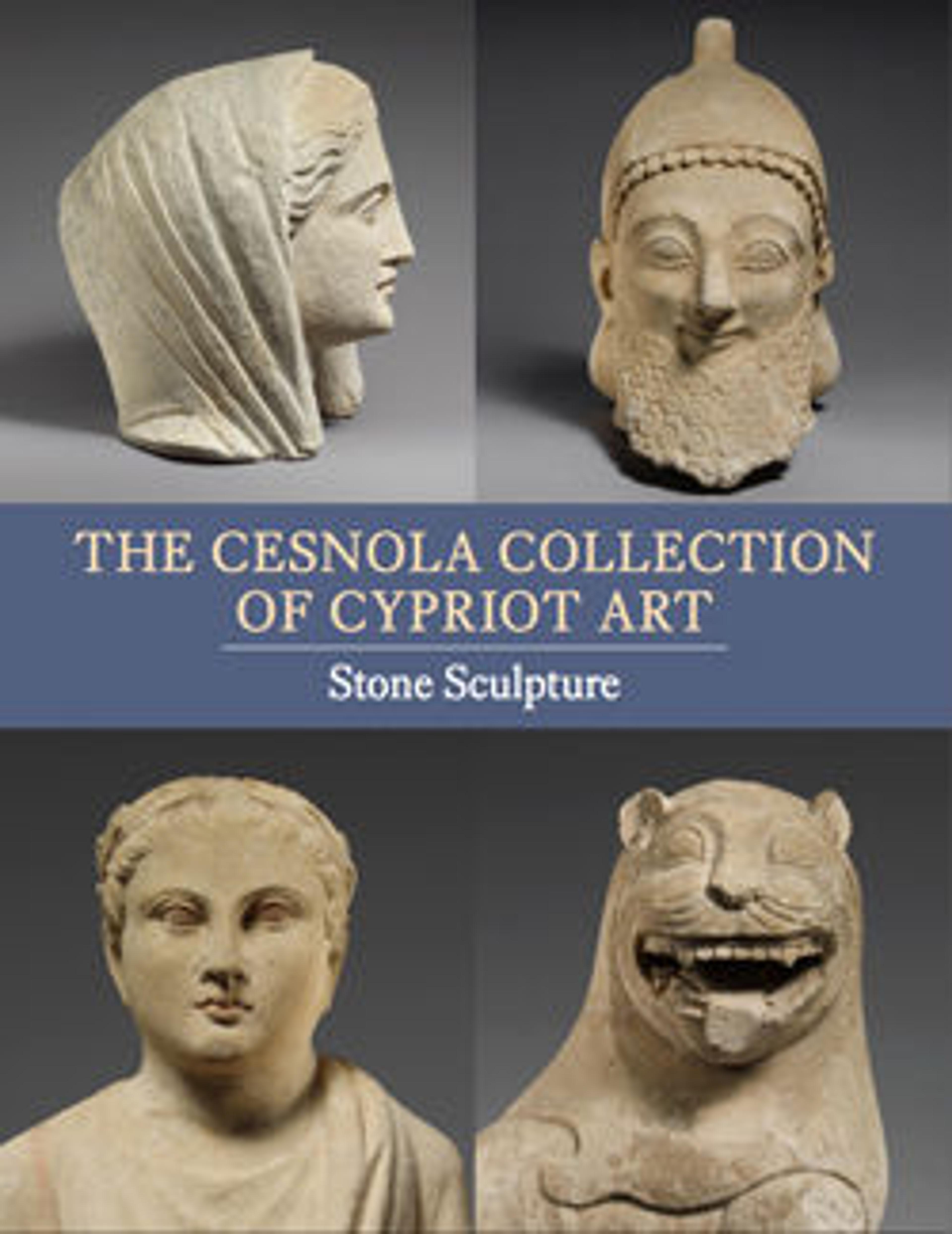Limestone votive relief
Above is a figure, identified as Apollo, seated before an altar or baetyl (sacred stone), and below is a scene interpreted as showing workers in a mine or quarry. The inscription, in Cyprio-syllabic script, reads, "Diaithemis dedicated [this] to the god Apollo in good fortune." Such inscriptions show that in the Hellenistic period, while Greek became the dominant language used in Cyprus, the local script continued to play a part, especially in religious rites and for dedications to the gods.
Artwork Details
- Title: Limestone votive relief
- Period: Early Hellenistic
- Date: 3rd century BCE
- Culture: Cypriot
- Medium: Limestone
- Dimensions: WebPub GR 2012 Cesnola: 8 × 12 1/4 × 1 1/4 in., 4 lb. (20.3 × 31.1 × 3.2 cm, 1.8 kg)
- Classification: Cesnola Inscriptions
- Credit Line: The Cesnola Collection, Purchased by subscription, 1874–76
- Object Number: 74.51.2372
- Curatorial Department: Greek and Roman Art
More Artwork
Research Resources
The Met provides unparalleled resources for research and welcomes an international community of students and scholars. The Met's Open Access API is where creators and researchers can connect to the The Met collection. Open Access data and public domain images are available for unrestricted commercial and noncommercial use without permission or fee.
To request images under copyright and other restrictions, please use this Image Request form.
Feedback
We continue to research and examine historical and cultural context for objects in The Met collection. If you have comments or questions about this object record, please contact us using the form below. The Museum looks forward to receiving your comments.
